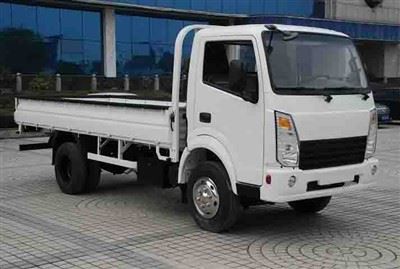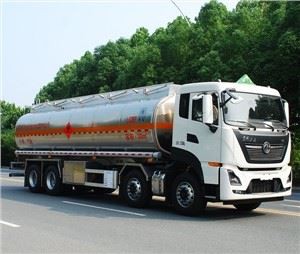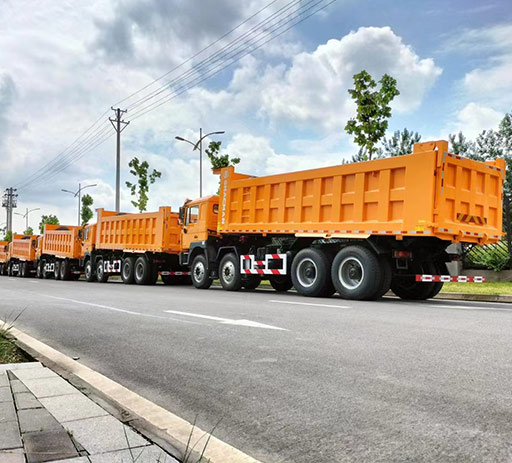How to Operate a Roll Off Truck: A Comprehensive Guide
Operating a roll off truck may seem complex, but with the right knowledge and practice, you can master this essential skill. This comprehensive guide provides you with everything you need to know about how to operate a roll off truck safely and efficiently. Whether you’re in the waste management industry or handling construction debris, understanding the mechanics and principles of a roll off truck is crucial for anyone looking to work in this field.
Understanding the Basics of Roll Off Trucks
What is a Roll Off Truck?
A roll off truck is a specialized vehicle designed to transport large containers, commonly known as roll off dumpsters. These containers can hold various types of waste, from construction debris to heavy materials.
Components of a Roll Off Truck
Familiarizing yourself with the main components of a roll off truck is essential before operating one. The key parts include:
- Chassis: The base frame of the truck.
- Bed: The platform on which the roll off container sits.
- Hydraulic system: Used for raising and lowering the container.
- Container: The roll off dumpster that carries waste.
Preparation for Operating a Roll Off Truck
Training and Licensing Requirements
Before you begin, ensure that you have the necessary training and certifications. Most regions require a valid commercial driver’s license (CDL) to operate heavy trucks. Additionally, consider completing a specialized training program for roll off trucks.
Conducting a Pre-Trip Inspection
Performing a thorough pre-trip inspection is crucial for ensuring safety. Follow these steps:
- Check the oil and fluid levels.
- Inspect the tires for adequate wear and pressure.
- Examine the brakes and lights for functionality.
- Verify the hydraulic system is in working order.
Operating the Roll Off Truck
Starting the Roll Off Truck
To start the vehicle:
- Enter the cab and adjust your seat and mirrors.
- Fasten your seatbelt and check the surroundings.
- Turn the ignition key to start the engine.
- Allow the engine to warm up for a few minutes.
Driving the Truck
Driving a roll off truck requires skill and attention. Here are some driving tips:
- Maintain a safe speed, especially when carrying a full load.
- Use your mirrors frequently to monitor surroundings.
- Be cautious of turns and avoid sharp maneuvers to prevent tipping.
Positioning for Loading and Unloading
When arriving at a site to pick up or drop off a container, proper positioning is essential:
- Identify a clear area to unload or load the container.
- Align the truck parallel to the container.
- Use the hydraulic system to engage the container lift arm.
Using the Hydraulic System
Understanding the Hydraulic Mechanism
The hydraulic system is a critical component of roll off trucks. It allows the operator to lift and lower containers. Knowing how it works can enhance your operational efficiency.
Hydraulic Components
The main components of the hydraulic system include:
- Hydraulic pump: Provides power to lift the containers.
- Hydraulic fluid: Transfers power from the pump to the lift arm.
- Valves: Control the flow of hydraulic fluid.
Operating the Hydraulic System
To operate the hydraulic system, follow these steps:
- Ensure that the truck is parked on level ground.
- Activate the hydraulic controls to lift the container.
- Monitor for any leaks or unusual noises during operation.
Loading and Unloading Containers

Loading a Roll Off Container
To load a container onto the truck:
- Align the container with the lift arm.
- Engage the hydraulic lift to elevate the container.
- Secure the container once it is fully loaded.
Unloading the Container
To unload a container:
- Position the truck at the desired drop-off location.
- Use the hydraulic controls to lower the container gently.
- Ensure the container is stable before detaching the lift arm.
Best Practices for Roll Off Truck Operation
Safety First
Safety is paramount when operating heavy machinery. Here are some safety tips:
- Always wear personal protective equipment (PPE).
- Ensure that bystanders are at a safe distance.
- Never overload the truck beyond its weight limit.
Maintaining Your Roll Off Truck
Regular maintenance can extend the life of your roll off truck:
- Schedule routine inspections and repairs.
- Keep the hydraulic system well-lubricated and free from leaks.
- Change the engine oil and filters as recommended.
Common Issues and Solutions
Identifying Mechanical Problems
Be aware of common issues that may arise, including:
- Hydraulic leaks: Check for fluid spots under the truck.
- Electrical problems: Inspect wiring and fuses.
- Brake failure: Test brakes regularly for maintenance.
Solving Operational Challenges
When challenges arise, consider these solutions:
- Review the manual for troubleshooting tips.
- Contact a professional mechanic for complicated issues.
- Keep spare parts on hand for quick fixes.
FAQs About Operating a Roll Off Truck
1. Do I need a special license to operate a roll off truck?
Yes, a valid commercial driver’s license (CDL) is typically required for operating roll off trucks due to their size and weight.
2. What types of materials can I haul in a roll off container?
Roll off containers can be used for various materials, including construction debris, household waste, and yard waste. Always check local regulations for restrictions.
3. How do I know if my truck is properly loaded?
Make sure the load does not exceed the truck’s weight limit and that the container is properly secured and balanced on the truck bed.
4. What should I do if I experience a hydraulic failure while operating?

Stop the vehicle immediately, ensure safety, and inspect the hydraulic system. If you cannot identify the issue, contact a mechanic for assistance.

5. How often should I perform maintenance on my roll off truck?
Regular maintenance should be conducted as per the manufacturer’s guidelines, typically every 3–6 months or after a certain number of miles driven.
6. Are there weight limits I need to be aware of?
Yes, each roll off truck has a specific weight limit. Always refer to the owner’s manual for precise figures to avoid overload and potential safety hazards.
